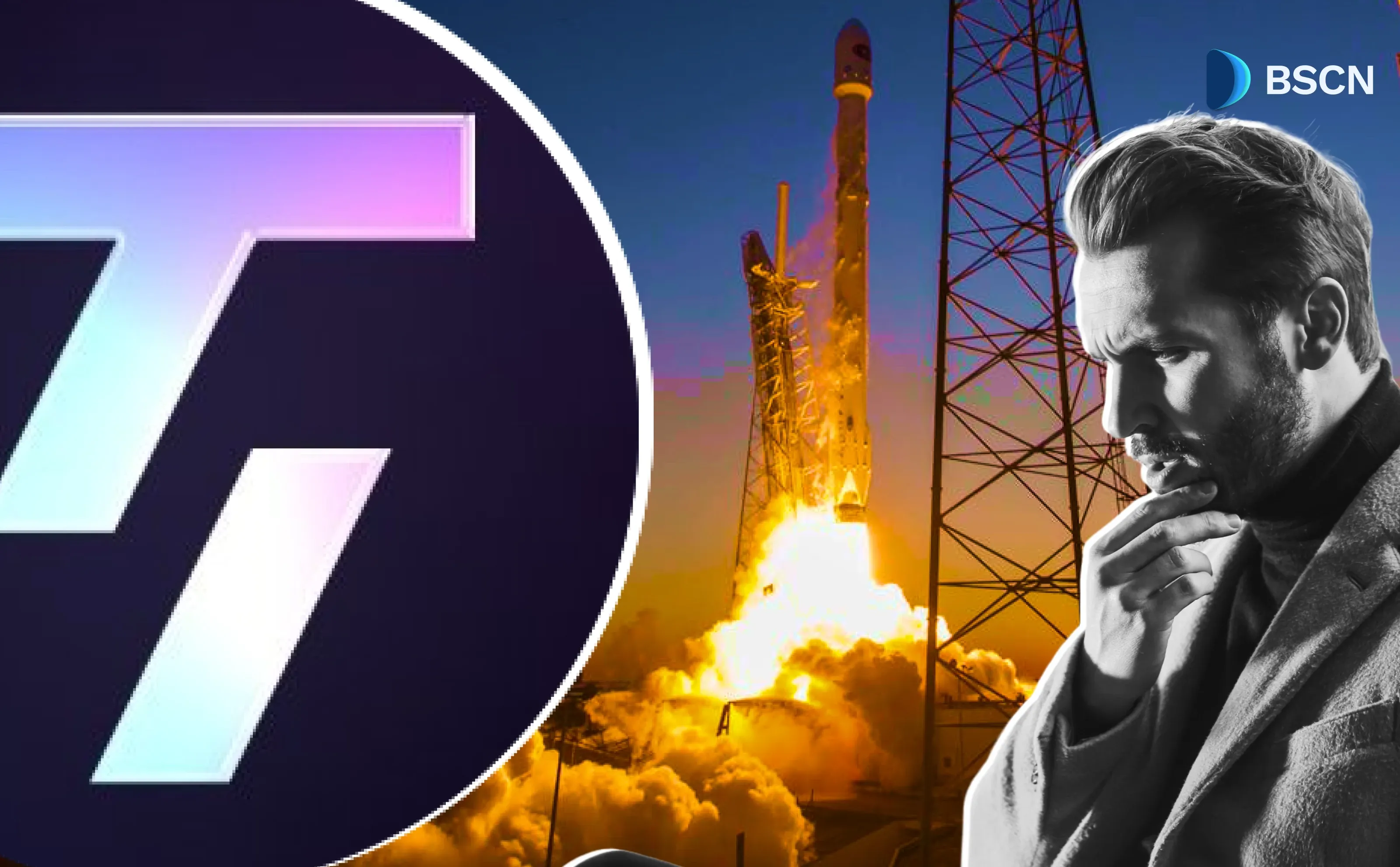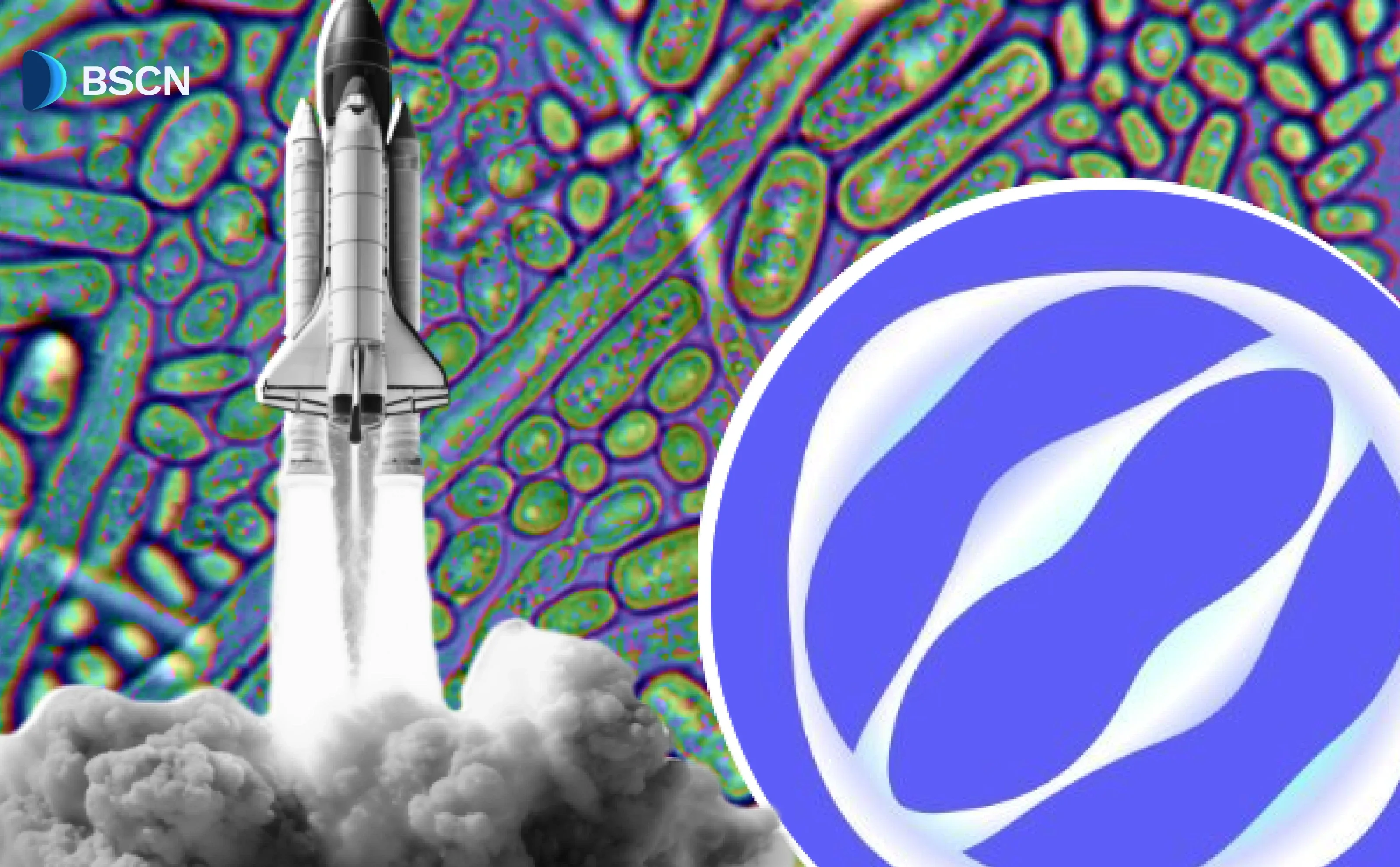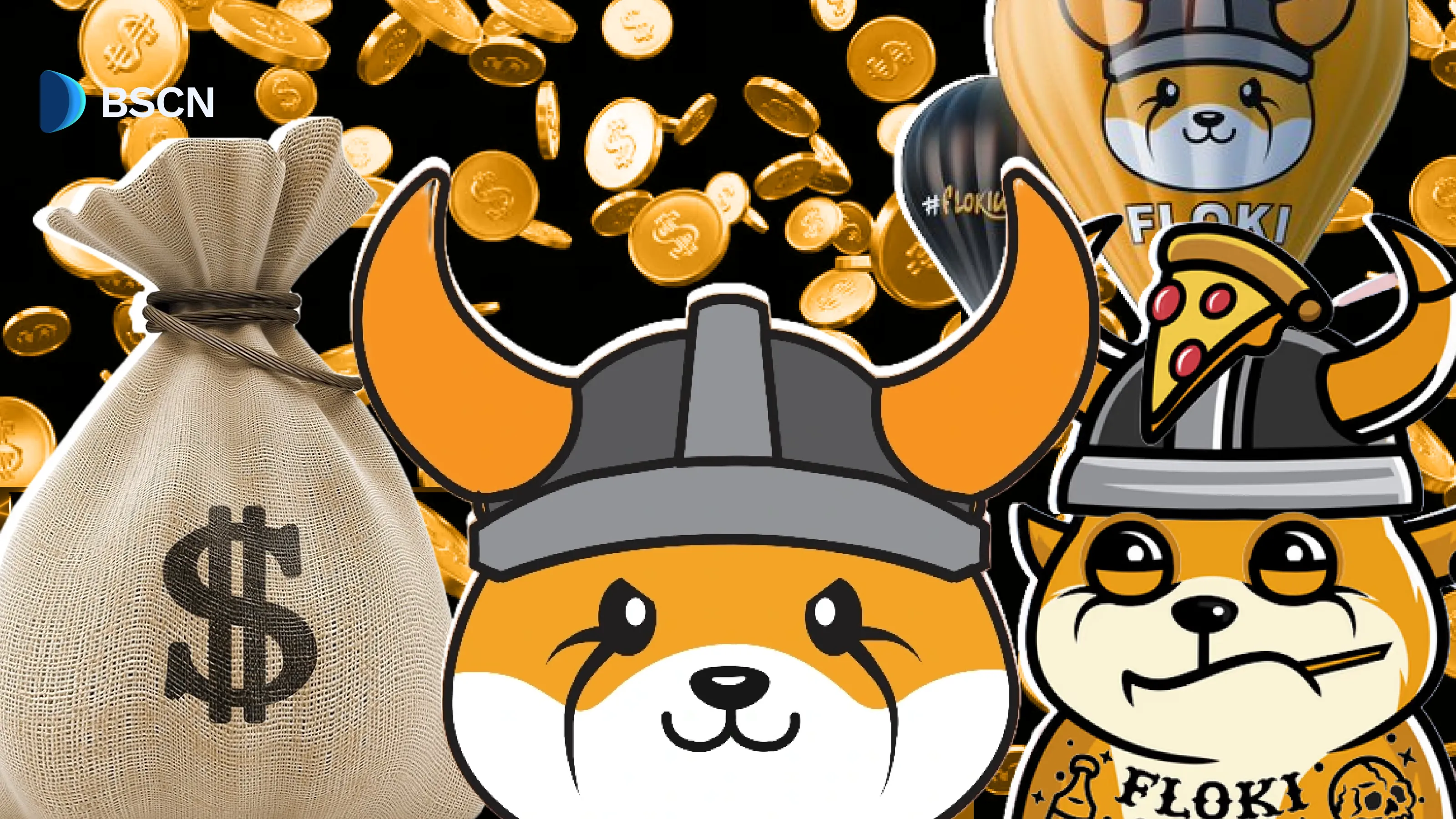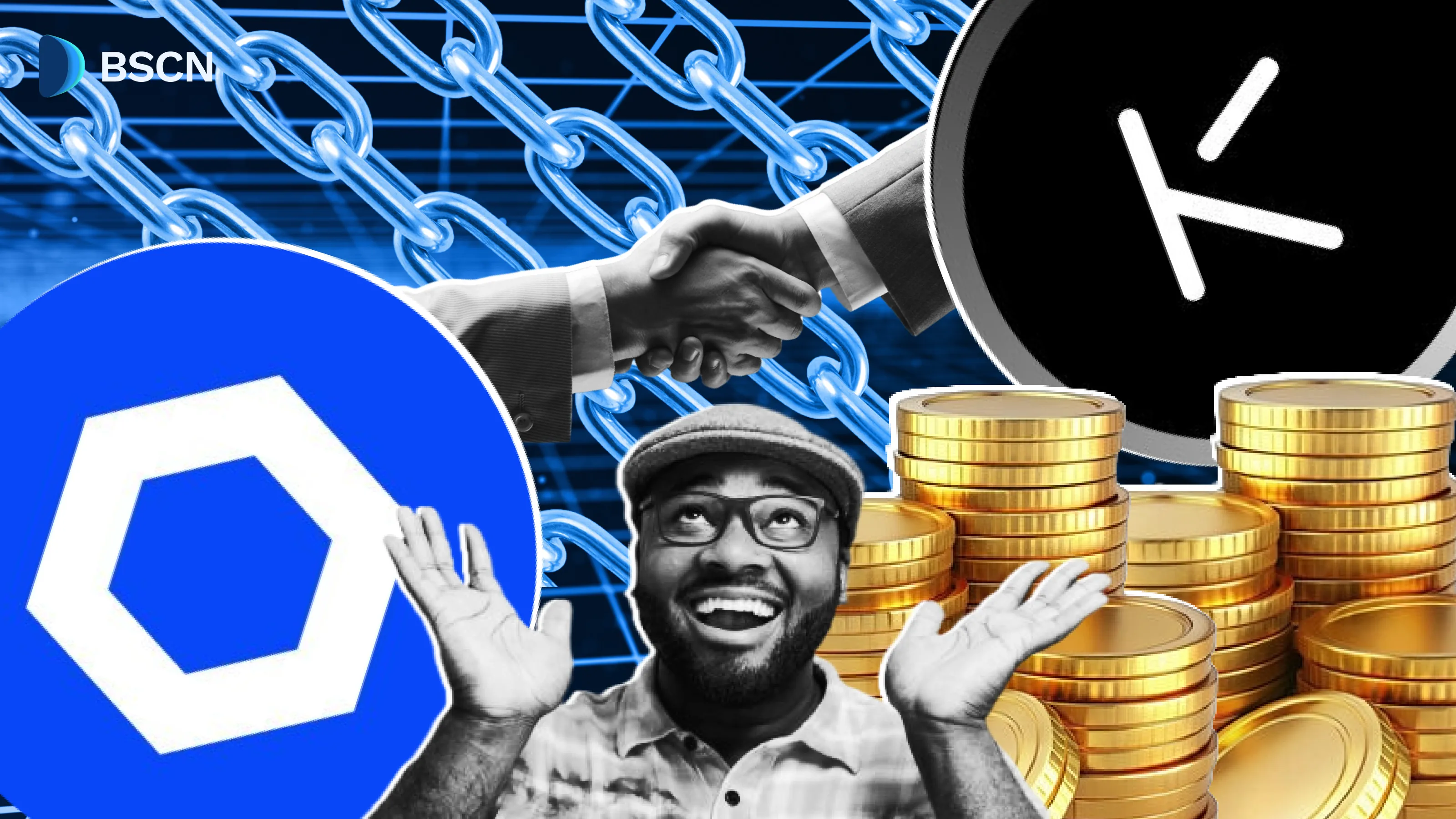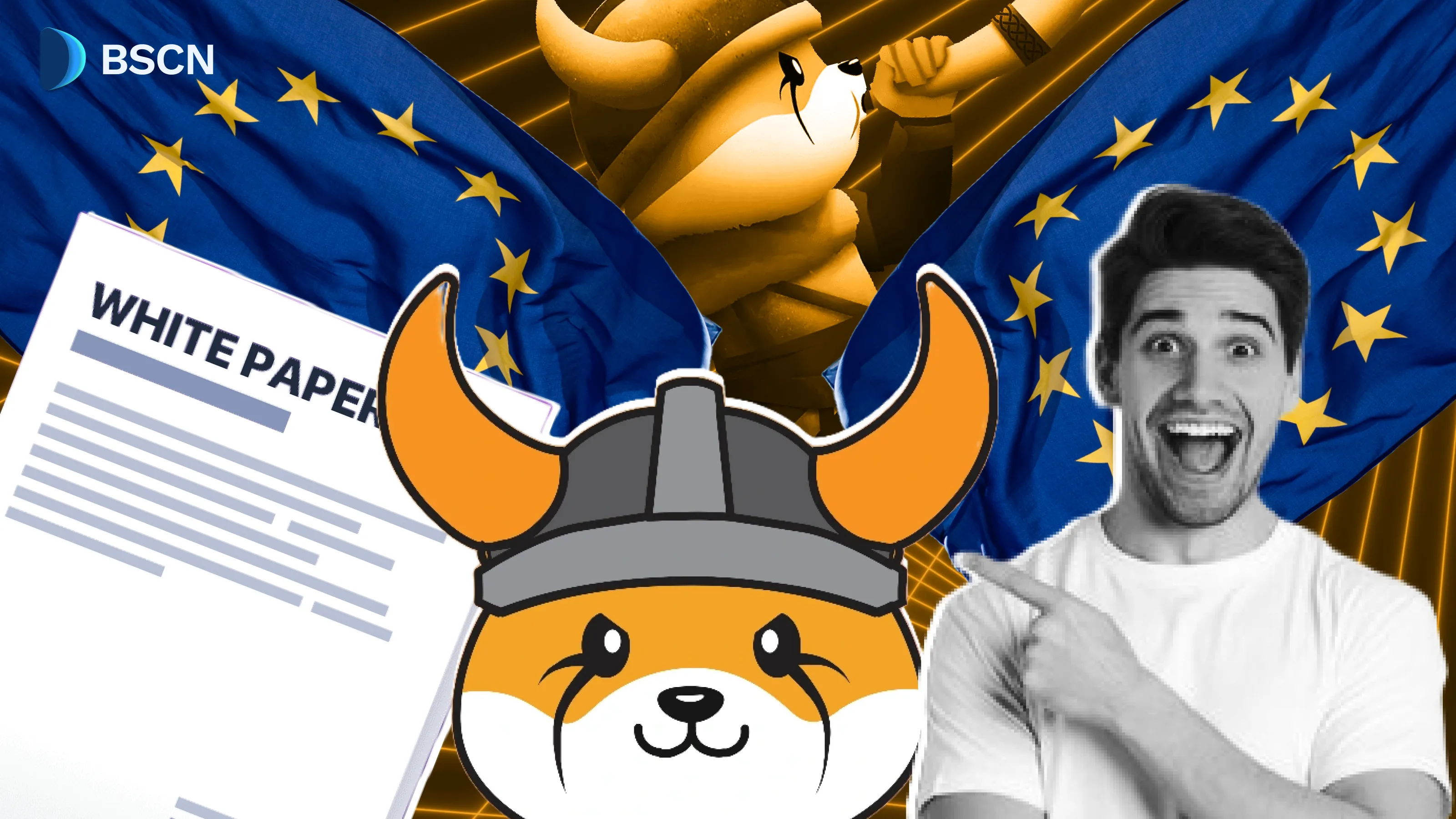WEB3
How Onchain Consumer Apps are Disrupting Web2: A Deep Dive into Meme Culture and the Future of User Rewards

By rewarding creators, onchain apps are changing meme culture, bridging the gap between Web2 platforms and the decentralized Web3 economy.
BSCN
October 8, 2024
Disclaimer: The views expressed in this article do not necessarily represent the views of BSCNews. The information provided in this article is for educational and informational purposes only and should not be construed as investment advice. BSCNews assumes no responsibility for any investment decisions made based on the information provided in this article.
For over a decade, memes have shaped internet culture. From viral trends that take the world by storm to sparking online movements, memes are the universal language of the internet. Whether you're from the UK or Japan, memes transcend geographical and cultural barriers, allowing people from all walks of life to communicate with humor and creativity. As the meme culture bridges communities across the globe, it also serves as an unexpected yet powerful link between the Web2 and Web3 worlds.
This article explores how Web2 meme platforms have evolved into thriving ecosystems and why Web3 social apps are poised to disrupt the traditional dynamic by rewarding creators for their contributions.
Web2 Meme Platforms: Thriving, but at What Cost?
Massive Web2 meme platforms have demonstrated the commercial power of memes. These platforms boast impressive statistics, showing significant growth in monthly recurring revenue (MRR) and substantial user bases. For instance, 9GAG alone reports 8.4 billion monthly video views and over 330 million users globally. This proves that memes are not just funny images; they are a key driver of engagement and monetization in the digital age.
However, there's a glaring problem with this model. Despite the enormous value meme creators bring to these platforms, they often receive no compensation or ownership for their contributions. Meme creators fuel engagement, but the profits are concentrated in the hands of platform owners. In many ways, this mirrors broader issues with traditional Web2 platforms: creators build, but corporations profit.
Enter Web3: The Promise of SocialFi and Onchain Rewards
Web3 consumer apps are on a mission to disrupt this unfair system. Built on decentralized protocols, Web3 apps introduce a revolutionary concept: sharing value and ownership with users. SocialFi (social finance) apps like Memstagram are at the forefront of this change. Such apps, as Memstagram, aim to reward users for their participation in meme culture by allowing them to not only create and share memes but also earn rewards in the process.
Memstagram offers a unique platform where meme creators can monetize their creativity, turning their humor into tangible rewards. By participating in meme battles and voting, users can earn Base ETH and other incentives, fostering a community that thrives on engagement. Additionally, creators maintain ownership of their content, ensuring they are recognized and compensated for their contributions. With its user-friendly interface and commitment to fair rewards, Memstagram is set to reshape the way we interact with digital content and each other.
Bridging the Web2 and Web3 Divide: Why It’s Crucial
Despite the promise of Web3, we are still in the early stages of mass adoption. To put things into perspective, while there are over 5 billion internet users globally, only around 500 million active crypto wallets are created. Even though on-chain activity looks promising with more than 60 million monthly active wallets generating transactions. But when you compare that to platforms like TikTok, which boasts 1.1 billion monthly active users, or Instagram’s 2.5 billion, it’s clear that Web3 has significant ground to cover.
So, why is it essential to bring more users onchain?
1. Financial Empowerment
Web3 allows users to have a stake in the platforms they engage with. By moving to decentralized models, users can benefit directly from their contributions, whether they are creating content, providing liquidity, or simply participating in the network. The success of Web3 apps hinges on the idea that users should no longer be passive consumers; they should be rewarded for their engagement and contributions.
2. Ownership of Digital Identity and Content
In Web2, platforms control the content and data users generate. In Web3, users own their content and data, thanks to blockchain technology. This gives creators and users more autonomy and ensures that they have the final say over their contributions.
3. Unlocking New Business Models
Web2 platforms generate revenue by monetizing user data and engagement through ads, often without the users' consent or knowledge. Web3 changes that. On-chain apps introduce new business models that rely on user participation and decentralized finance (DeFi) mechanisms, allowing users to earn directly from their interactions.
Overcoming Web3 Adoption Barriers: Trust, Jargon, and UX
As promising as Web3 is, several challenges still stand in the way of mass adoption. If Web3 apps are to onboard millions of users from Web2, they must tackle three significant hurdles:
1. Trust
For many, the crypto space is still viewed as the “Wild West” of finance–risky and unregulated. To onboard mainstream users, Web3 apps must build trust through transparency, security, and user-friendly interfaces.
2. Jargon
The complex language surrounding blockchain technology can be off-putting to newcomers. Concepts like staking, liquidity pools, and DAOs are unfamiliar and can seem intimidating. To attract Web2 users, Web3 platforms must simplify their language and focus on user experience.
3. User Experience (UX)
Many Web3 apps have steep learning curves. The technical aspects of interacting with decentralized apps (dApps) can be overwhelming, leading to a high drop-off rate. Projects like Base are working to simplify wallet setup and transactions, but there is still work to be done in creating intuitive, user-friendly experiences that keep users engaged.
Conclusion: Web3 is Just Getting Started
The shift from Web2 to Web3 is inevitable, and consumer apps are leading the charge. By rewarding users for their contributions, these platforms are not just building communities – they’re creating sustainable ecosystems where users have a real stake in the success of the network. As more users discover the benefits of decentralized ownership and rewards, the future of on-chain consumer apps looks bright.
Web2 platforms may have laid the foundation, but Web3 is poised to disrupt the landscape entirely. The internet of tomorrow belongs to its users, and Web3 is helping to build that future – one meme at a time.
Latest News
Crypto Project & Token Reviews
Project & Token Reviews
Comprehensive reviews of crypto's most interesting projects and assets
Learn about the hottest projects & tokens
Latest Crypto News
Get up to date with the latest crypto news stories and events

